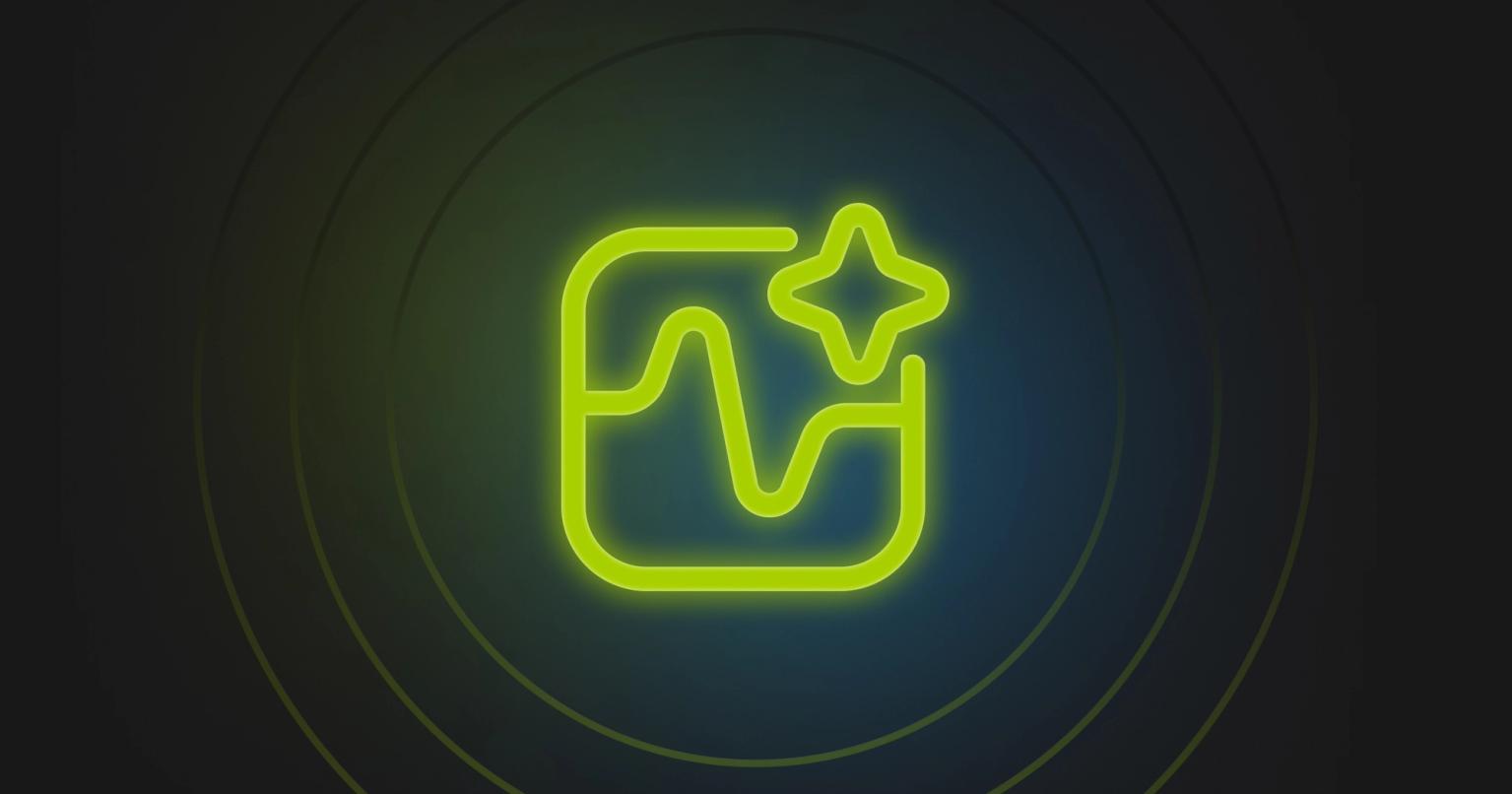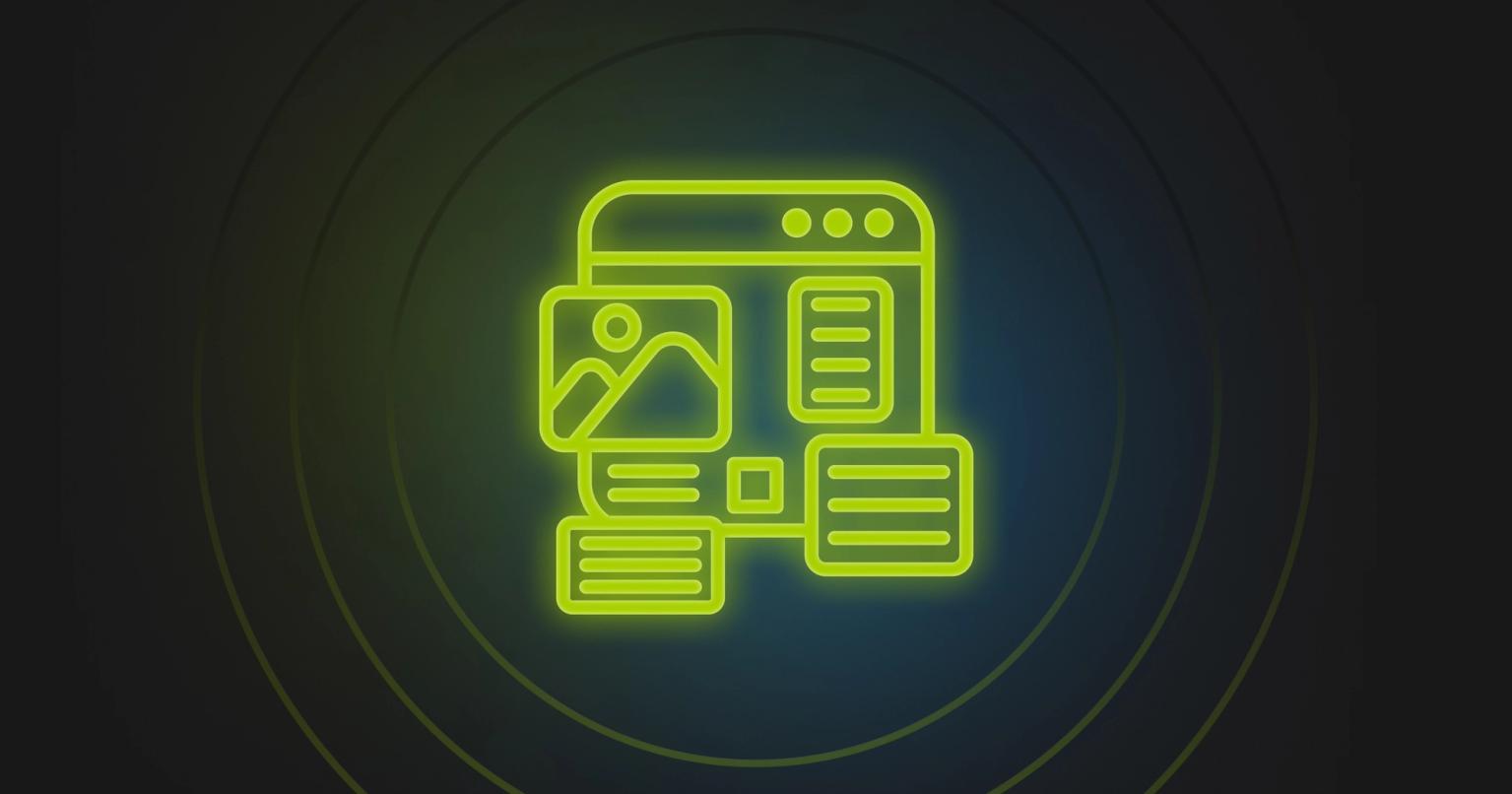What is Marketing Campaign Workflow Automation?

Summary
Learn how to build and scale marketing campaign workflow automation: from basic triggers to advanced cross-channel orchestration and AI-powered personalization.
The digital marketing landscape is continually asked to do more with less. The advent of modern technology like marketing operations platforms, customer data platforms, and no-code tools has opened up opportunities for marketing teams and marketing operations professionals to automate almost any process. In this post, we'll take a look at the different types of marketing campaign workflow automation.
What is Marketing Campaign Workflow Automation?
Marketing campaign workflow automation is a systemic approach to using software to automate repetitive marketing tasks. This can be applied to simple data management tasks or larger campaigns. For instance, you may automate data cleanup tasks to ensure that properties associated with your prospects, like country, are normalized and easy to use for data analysis. You can also automate marketing campaigns.
The automations can be as simple as triggering an email when somebody submits a form on your website, or they could be more advanced. For instance, a webinar registration flow where a user signs up for a webinar and then gets email follow-ups once the form is submitted, as well as being correctly enrolled into the webinar campaign so they can join on the webinar date.
Fundamental Components of Campaign Workflows
There are three fundamental components of marketing campaign workflows: the trigger system, the action, and the logic. Each one is important in its own right.
First up is the trigger. The trigger provides entry criteria into the automation. This is critical because you don't want an open-ended trigger that may bring in everybody from your database to perform the set series of actions. Instead, you want specific triggers that are tailored to a specific action. Examples of triggers could be submitting a form, visiting a web page, or meeting a lead scoring threshold.
Action is the workflow action that will happen after the trigger. For instance, if somebody submits a form on your website to subscribe to your newsletter, you would have actions based on that trigger of sending out a welcome newsletter to the user as well as adding them to the newsletter subscriber list.
The last component is the logic. The logic comprises the conditionals that you need to refine your workflows. You will often have logic to separate different segmentations or to apply basic personalization. One example could be having a trigger for a webinar program where the logic in the webinar automation identifies current customers versus prospects and provides a different flow depending on their membership to those segmentations.
Combined, these three fundamental components form the basis of any campaign workflow you will want to set up.
Why is Marketing Campaign Workflow Automation Important?
The rise of marketing operations tools such as Eloqua, Marketo, HubSpot, and Pardot represents a significant advancement in the history of email marketing. These tools help introduce the fundamentals of automation to the digital marketing landscape. Automation can apply to any aspect of digital marketing and can be used in various flows, such as digital advertising, landing page development, social media, email marketing, data management, web analytics, and much more.
These tools have grown in popularity and are broadly used by organizations from small teams to enterprise organizations. The benefits of using campaign workflow automation tools include immense time savings, resource optimization, and improved campaign return on investment. A common challenge faced by many teams is how to scale efforts beyond the individuals on your team. Automation allows for rapid scaling in a cost-efficient manner.
Instead of manually uploading lists and configuring email batches to be sent, you can set up automation in tools like Marketo, HubSpot, or Pardot to detect when new users enter the system and send emails accordingly. Automations can get incredibly sophisticated, handling numerous different use cases.
One of the most common examples of campaign workflow automation is webinar management. For example, when running a webinar, you want to ensure you can handle everything from the registration process to the follow-up process. You can set up workflow automation that will:
- Detect when somebody enrolls in the webinar by filling out a form
- Trigger an email sequence to confirm registration
- Send timed emails closer to the date as webinar reminders
- Use logic to detect if people attended or missed the webinar
- Send follow-up emails based on attendance
Marketing campaign workflow automation is a key tenet of modern marketing operations. It not only enables you to do more with less, but it also enables you to achieve higher coverage of your marketing assets, ensuring you're always following up with individuals and not leaving any prospects in the dark when building a marketing campaign.
Types of Marketing Campaign Workflow Automations
While related, there are four major types of marketing campaign workflow automations: basic single-trigger workflows, multistep workflows, integrated systems workflows, and cross-channel campaign orchestration workflows. Let's examine each type in detail.
Basic Single-Trigger Workflows
These are simple automations based on a single trigger and a single action. They're the workhorses of your automation workflows, handling one-off tasks such as:
- Sending welcome emails when someone subscribes to a newsletter
- Providing thank you messages after form submissions
- Basic cart abandonment reminders for ecommerce
Their characteristics include a single trigger and one action, a linear flow with limited or no branching logic, and typically single-channel execution.
Multistep Workflows
Multistep workflows are more sophisticated, combining a series of coordinated actions following the initial trigger. A good example is a lead nurture sequence. When somebody qualifies for a lead nurture sequence, perhaps meeting qualifications such as lifecycle stage, this can trigger a series of actions, like sending out emails on a set interval.
Customer onboarding journeys also follow similar logic. When somebody signs up for a SaaS trial, they may receive a series of onboarding emails. These may be time-delayed, sending at specific intervals (first day, third day, fifth day, seventh day, fourteenth day) or they may be more behavioral, looking at what's happening in the application itself and providing personalized recommendations.
The characteristics of multistep workflows include:
- A single trigger with multiple sequential actions
- Built-in branching logic capabilities
- Time delays between steps to allow users to complete desired call-to-actions
- Basic personalization capabilities
Integrated System Workflows
These automation workflows are more sophisticated and complex because they connect multiple business systems. These power customer data platforms or marketing operations platforms, integrating with third-party tooling and bringing in data from other platforms to kick off automation.
One common integrated system workflow is managing the marketing-to-sales lead handoff. Using CRM integration with your marketing operations platform, you can detect when somebody meets a certain lead score threshold. Once that threshold is met, you trigger alerts, emails, or progressions that alert sales teams in your CRM.
Another interesting use case is campaign creation with project management tools. When a campaign is requested in a project management tool, automation can kick off steps like alerting your design team of new asset needs, notifying your content team of content development needs, and keeping stakeholders informed of campaign progress.
Characteristics of integrated system workflows include:
- Cross-system data flow used to set up triggers
- Automated task creation in external tools
- Complex decision trees with more branching logic
- Advanced personalization capabilities
- More complex setup requirements
Cross-Channel Campaign Orchestration
This type of marketing campaign workflow automation builds on the previous three models. These workflows coordinate multiple channels and systems to provide an omnichannel experience for customers.
For example, a product launch might require coordinated efforts across all digital marketing channels, including landing pages, demand gen forms, email campaigns, and social media advertising. It can combine reporting and analytics, data management, and campaign creation. This approach also applies to account-based marketing programs requiring multiple channel touchpoints, helping enable sales team coordination while providing marketing teams with automation for nurture programs.
Characteristics of cross-channel campaign workflows include:
- Unified customer view across channels
- Strong data foundation for reliable program setup
- Real-time channel coordination using triggers from various channels
- Complete campaign orchestration coverage
- AI and machine learning integration for decisioning and personalization
Building Effective Campaign Workflows
When building effective marketing campaign workflow automation, revisiting the fundamentals is always the first step. The fundamentals of trigger, action, and logic will help you fully understand what you're trying to achieve and the types of assets or logic needed to reach your end goals.
Mapping Out Your Workflows
One key component that many marketing operations professionals excel at is mapping out workflows in a flowchart. While it's tempting to build these workflows directly in your tools (like Marketo's smart campaign workflows or nurture workflows), you want to ensure you get the bigger picture. Flowcharts allow you to communicate your plan to people who may not be familiar with these automation platforms.
Instead of asking people to navigate the user interface, mapping out workflows in a flowchart gives everyone a real sense of how they work. This helps you:
- Outline your thought process
- Ensure you're not missing key elements
- Communicate what your workflows will achieve
Common Mistakes and Testing
One common mistake is having triggers with conditions that are too broad. When triggers are too broad, you risk having errors, such as bringing in people who aren't qualified for a specific workflow. Make sure your conditions and triggers are limited to their very specific purpose.
Testing your workflows is another crucial component of building effective campaigns. You can do this by setting up dummy emails or users and running your own email through these workflows to see if they work as intended. Testing is vital because with automation, you don't want errors to be perpetuated across hundreds or even thousands of prospects.
For example, when setting up a newsletter sign-up form, you want to make sure you have properly configured the trigger logic to:
- Handle form submissions
- Send out welcome emails
- Add users to the subscriber list
Campaign Workflow Automation Examples
Basic Single-Trigger Workflows
Welcome Email Sequence
The welcome email sequence starts with a trigger where a form submission from a newsletter sign-up matches the action of sending a welcome email. The logic here is to verify that the email is a new subscriber.
Event Confirmation Email
For confirmation emails, the trigger would be an event registration, with the action being to send confirmation with event details, and the logic to check the registration status.
Content Download Follow-up
After a user submits a content download form, the submission for the content is the trigger, then the action is sending an email with a download link, and the logic verifies download eligibility.
Multistep Workflows
Newsletter Campaign
The trigger is a newsletter sign-up, and then the action is a sequence: sending the immediate welcome, waiting two days and then sending a content preference survey, and then adding to regular newsletter cycle based on the preferences. The logic branches based on content preferences.
Product Onboarding
When a new account is created, that's the trigger for product onboarding, and then the action is a sequence where day zero includes a welcome plus getting started guide email, day two has a key feature highlight email, day four includes success stories, and day seven is a usage check and support offer. The logic here adjusts the sequence based on product usage.
Integrated System Workflows
Webinar Program
The trigger is a webinar registration form submission. The system integration handles the marketing automation side with email sequences, the webinar platform handles the registration and attendance, and the CRM handles the lead status updates. The action is a sequence, sending out a registration confirmation email, a calendar invitation, a reminder sequence (often a week before the email, 24 hours before the webinar, and an hour before the webinar goes live), and attendance-based follow-up. The logic here handles different paths for attendees versus no-shows.
Product Update Campaign
The trigger is a new product update, an internal trigger. The system integrations include project management with campaign tasks, the CRM to help with customer segmentation, as well as the product usage analytics platform to help determine the level of the user. The action is a sequence, including early access invitation with an announcement email, feature adoption tracking, and usage-based follow-up. Logic here can be applied to customize based on the customer tier or product usage.
Cross-Channel Campaign Orchestration
Customer Appreciation Program
An interesting example of a cross-channel campaign orchestration workflow would be a customer appreciation program. The trigger could be a customer anniversary or milestone, integrating with different channels such as email, direct mail, social media, and mobile app notifications. The system integrations include CRM, loyalty programs, order management, and marketing automation platforms. The action is a sequence with personalized thank you messages, special offers deployed to them, social media recognition, and usage milestone celebration. Logic could be used to customize rewards by customer value or their history.
Advanced Marketing Campaign Workflow Strategies
As we've seen from the examples, marketing campaign workflows can become quite sophisticated. The automation can get complicated very quickly, creating the need for more advanced strategies.
More advanced campaign workflows introduce branching logic and chain together multiple pieces of automation. Remember that advice about mapping out workflows in a flowchart? That advice becomes critical for larger-scale automations, where you want to make sure you have a clear idea of what's happening and can ensure quality assurance across all your workflows and automation working together seamlessly.
Personalization and Dynamic Content
Personalization and dynamic content play crucial roles in advanced workflows. This approach can help reduce the amount of automation you need to set up by relying on assets that dynamically show content based on segmentations or personas. An example of this is a nurture email workflow that dynamically adjusts based on prospects' lifecycle stage. People may enter a nurture program starting with basic email content, but as their lead score increases, they could progress into more personalized nurture streams. Once somebody reaches a specific threshold, they may move completely out of the nurture flow into a sales readiness flow.
The Promise of AI in Workflows
It's important to discuss the promise of artificial intelligence in workflow automation. While automation allows you to implement extensive logic, sometimes this logic requires deeper thinking. With AI systems, we can outsource some of this thinking in an automated fashion to have AI make decisions for us.
The potential of these tools to help with automation workflows can't be understated. AI gives us the opportunity to do real-time personalization at a previously impossible scale. The term "hyper personalization" is often used in this context, as AI can analyze data behind the scenes and make micro-adjustments to highly personalize each piece of content.
Campaign Development Automation
Another interesting component of advanced campaign workflows is how these campaigns are built. Integrations with project management tools and leveraging AI can help automate components of the campaign development lifecycle. For instance, if somebody makes a request in a project management tool, it could kick off a process that triggers content designers, email designers, and stakeholders to have awareness around this. AI could be used to help determine the audience, write campaign briefs, and even create first drafts of content.
Future-Proofing Your Marketing Campaign Workflows
Marketing campaign workflow automation is revolutionizing digital marketing. As automations become increasingly complex and sophisticated and can handle more of the manual, repetitive tasks of digital marketing, one could make an argument that it would free up marketers to spend more time being creative.
Emerging Trends
Several trends are shaping the future of workflow automation:
- The rise of artificial intelligence
- The usage of CDPs to connect data from disparate systems into a centralized system
- The growth of no-code tools
No-code tools such as Knak provide the ability to democratize your creative process. They fit nicely with workflow automation because one of the challenges of automation is being able to create the assets for these workflows. It's one thing to have the idea of what you're going to do with a workflow, such as a webinar program or a nurture program, but being able to create and develop emails and landing pages to fulfill these automations is another matter entirely.
The Next Generation
Combining no-code tools with campaign workflow automation is a winning combination. The next generation of marketing automation and operations professionals are going to combine all of these tools together to create scalable campaigns that allow you to reach your audience in a hyper-personalized way.












